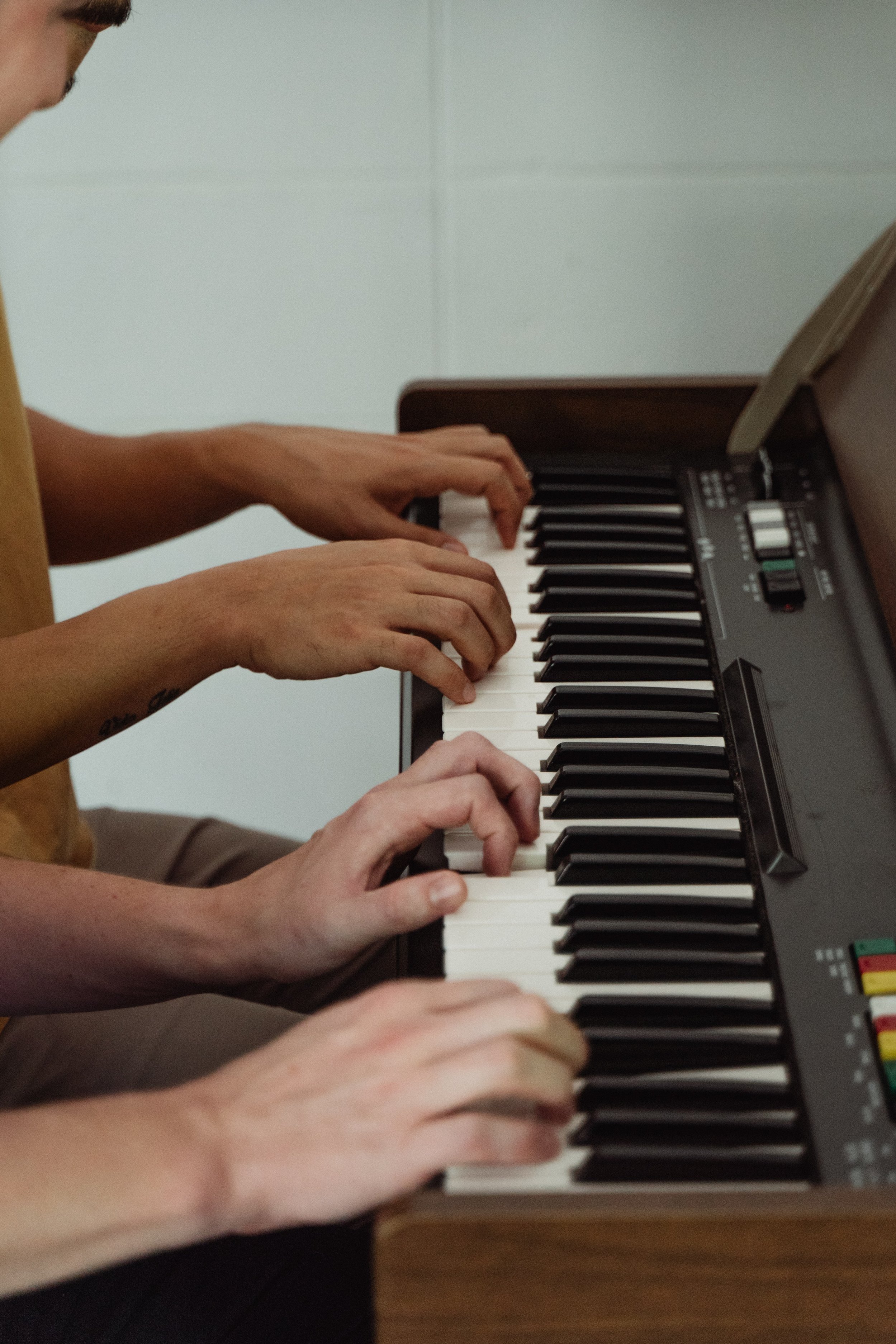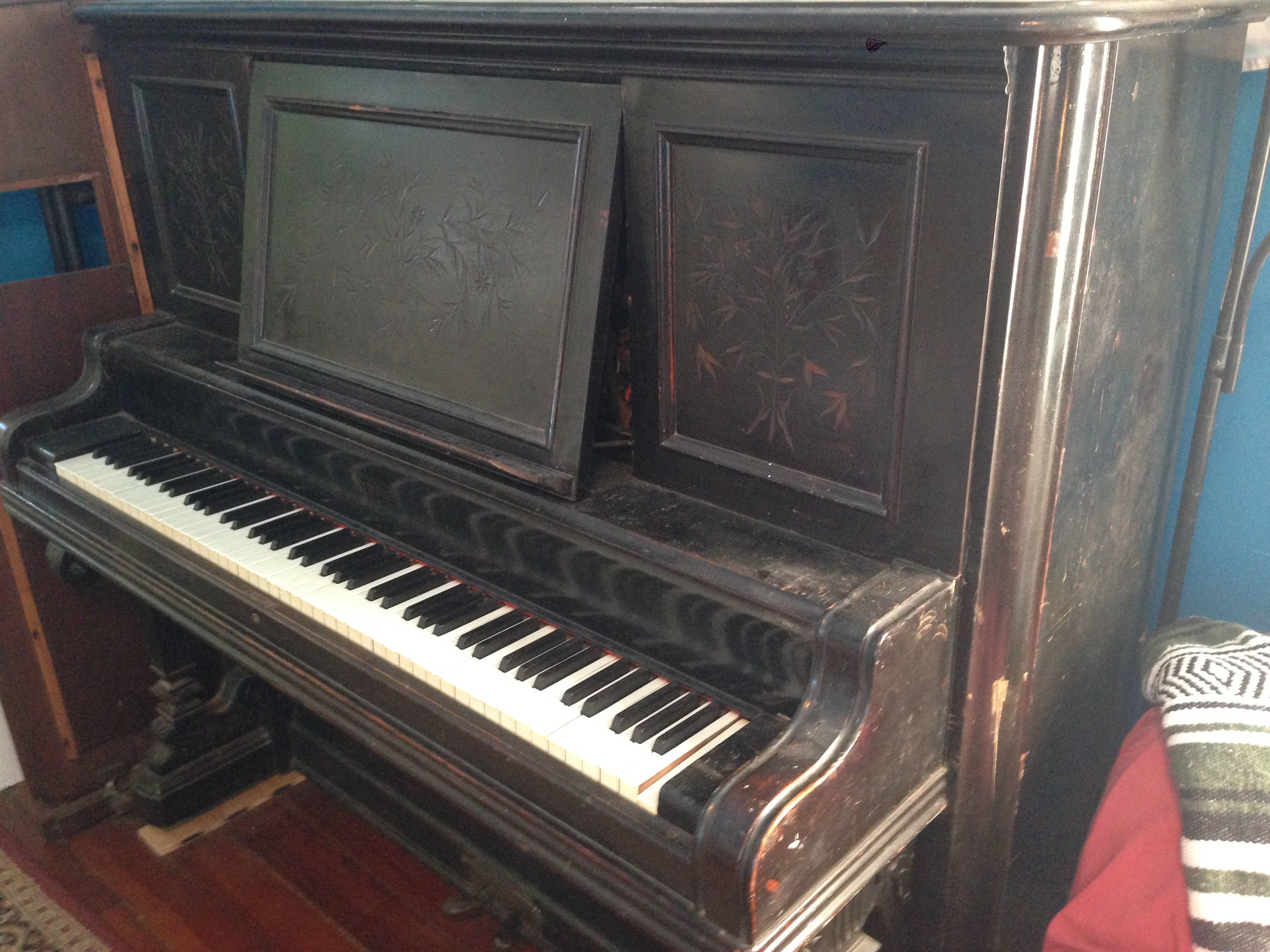I recently tuned a baby grand piano for a local, well-known performance art venue. The venue was about to host a multiple Grammy Award winning artist, and called me in to tune and check over the piano. The piano wasn’t in the greatest shape, but the tuning went smooth enough. As I was finishing, an employee of the venue walked over to the piano with a vocal microphone in hand, stuck the mic in a random spot inside the piano, and asked me to play something so that they could sound check.
I looked at him quizzically, played a quick tune, and then started to gather my things. Before I left, I found my contact person at the venue and attempted to explain to him that “That…. is not how you mic a piano.” I gave him a few tips and left. I returned later that night to see the show and was wholly unsurprised that anything outside a small range in the treble section was practically inaudible, not to mention being able to hear the vibration of the plate that was being transferred directly to the mic.
A piano is a very difficult instrument to amplify well. There are many reasons for this. Pianos are not built with amplification in mind; they work best as a solo instrument in small to meduim size spaces. When playing along with other instruments or in very large spaces, the sound of an acoustic piano can very easily be lost.
The area that a piano’s sound is emanated from is almost as large as the piano itself. There is no obvious placement for a microphone like there would be for a guitar or a trumpet. Additionally, high and low frequencies are located at opposite ends of the instrument and cannot both be captured well by a single mic. During performances with other amplified instruments, the piano, even at close range, may be quieter than the ambient noise in the room which will basically cause any acoustic microphone to amplify the room instead of the piano.
I am not a sound engineer so I won't get into all of the ways that professionals amplify their pianos, but many other piano technicians that I’ve spoken to recommend the Helpinstill piano microphone. This system utilizes multiple magnetic sensor bars placed in close proximity to the strings that act similar to an electric guitar pickup. This system results in zero feedback and clear sound from the full length of the keyboard.
Since a Helpinstill system is not cheap, it can be cost prohibitive to install one. Luckily, there are plenty of resources out there describing ways to get good sound out of a piano using a type of microphone you are more likely to already own. This website has an almost-overwhelming amount of information on the subject.





















I have been servicing and tuning pianos in NOLA since 2012 after first becoming interested in piano technology in 2009. With a background in teaching bicycle mechanics, I bring a methodical mindset and a love of sharing knowledge and skills to the rich musical culture of New Orleans.